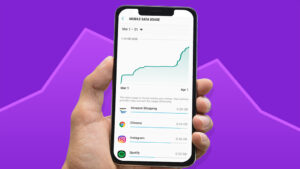Phone Drop-What Happens?
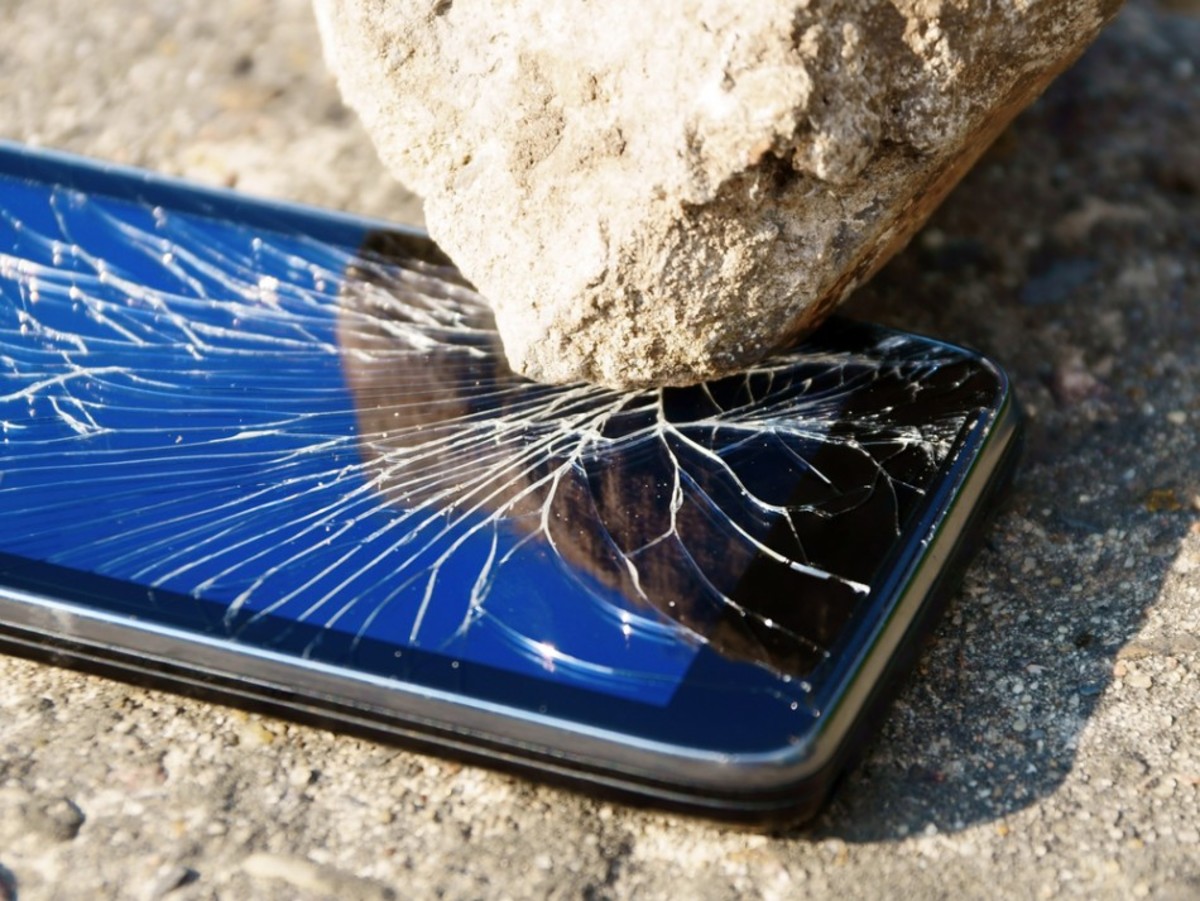
Phone Drop-What Happens
Let’s see what happens when you drop your phone and its internals.
In short, it really depends.
Most drops are harmless to phones, but some can be downright destructive.
Different results depend on how the phone is dropped, how it’s designed, and what additional layers of protection may be in place.
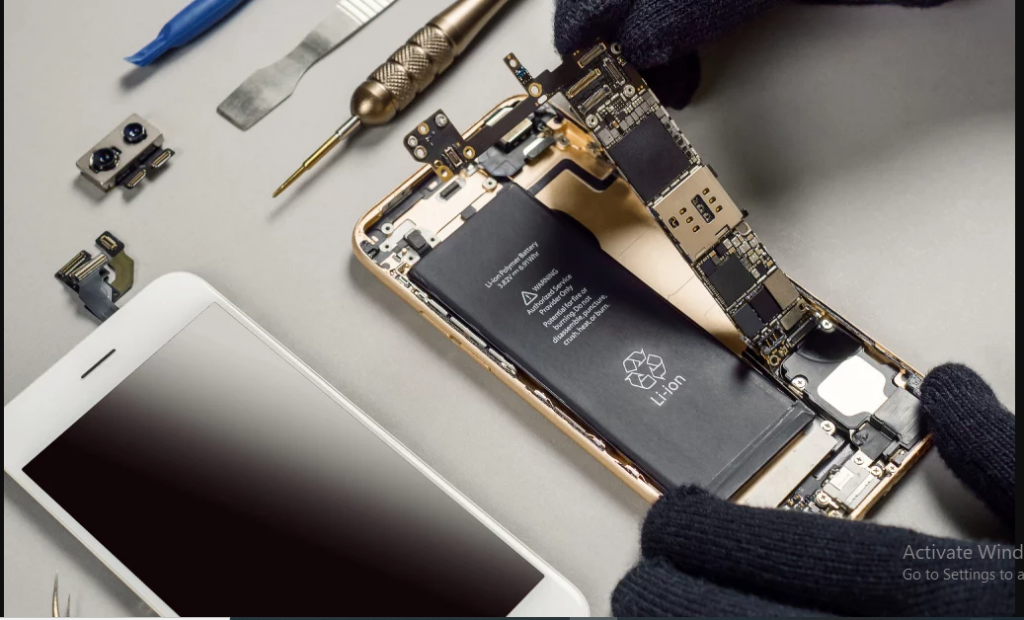
How to Deal with Phone Influence?
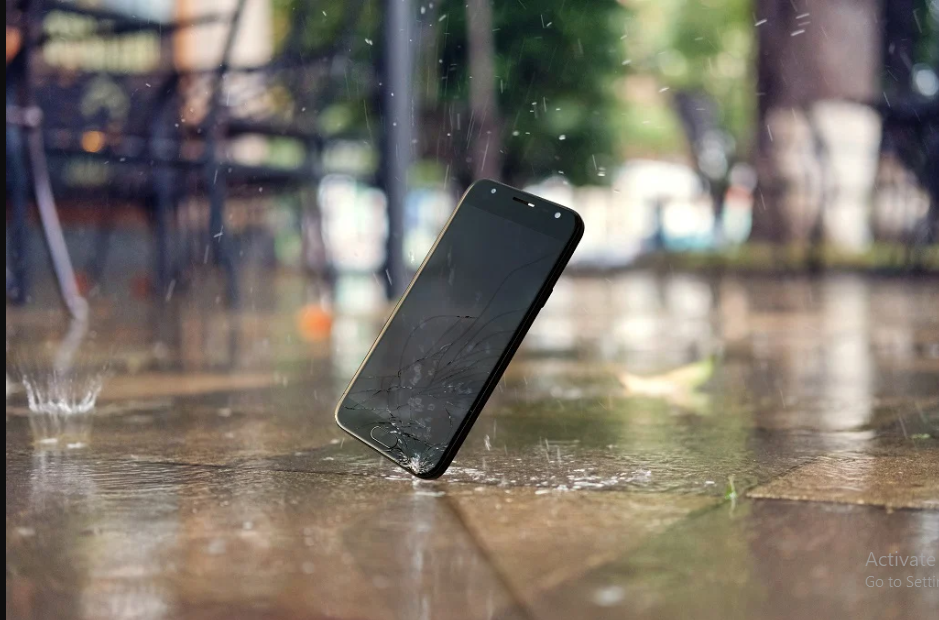
What actually happens when a phone is dropped?
We all know enough physics to see the phone fall and hit the ground
What does that mean for the phone?
- Well, in most cases, the phone has to absorb the impact and deal with the shock or it will break.
- As fragile as a phone can be, it’s designed to deal with drops.
- Engineers expect phones to drop occasionally, and they strive to make phones that can withstand a few drops here and there.
- However, there are no guarantees
- Despite the design, any single drop can be the phone’s killer. But, design ideas and features at least give your phone a fighting chance.
- Immobility is the first design element we consider.
- Phone components are designed to move as little as possible.
- Many components as possible are soldered and held securely because Moving parts are the enemy when dropping a phone.
- Admittedly, there are limits to how well this can be done in such a small space.
- Reducing the movement helps transfer the phone’s impact to the outer casing.
- The strongest part of the phone is designed to fall and absorb as much impact as possible.
- Everything inside the cover is just along for the ride.
This process is similar to how cars protect passengers. When you’re wearing a seat belt, it’s harder to throw yourself into the car. In the event of a collision, the car is damaged and the occupants are protected. Without a seat belt, things get even more dangerous because you can move freely.
- Phones also use durable components.
- Modern phones take this idea up a notch because computer components aren’t human.
- To maximize this safety feature you can completely restrict any movement of the components.
Importance of a Phone Glass
- If you compare a modern phone screen to one from 10 or 20 years ago, glass quality has improved significantly.
- Glass is now part of the impact-absorbing “durable structure” for a phone
- Modern phone glass holds up better than its predecessors, but it can still crack.
- The same can be said for phone bodies. They usually use a metallic bone structure covered with soft outer layers.
- The metal structure holds everything firmly in place, while the soft floor absorbs multiple hits from a drop.
- Modern phones aren’t necessarily perfect, but design improvements have led to phones that survive more falls than in the past.
Dropping the phone affects the performance of the phone

When your phone is dropped but there is no visible damage, does it still affect its performance?
In most cases when a phone is dropped, the device is fine, but a drop can damage the phone and affect its performance. These performance changes range from bricking the phone to cracking the screen to other issues. Finally, while that’s usually good, a lot can go wrong.
Different methods of Dropping Phones

- Even with safety design features, some phones can survive a drop. It often comes down to how the phone falls.
- Not all falls are the same, and understanding the mechanics of how these things change can help you better protect your phone.
- Sure, dropping your phone six inches onto your bed isn’t that scary.
- You’ll suffocate from tall reading and scrambling it onto a concrete sidewalk.
- There are two aspects that determine how dangerous a fall is. The impulse and
Pressure.
The impulse of a Phone Drop
- Impulse is how quickly the phone stops.
- Your bed cushions the fall, which means the phone won’t instantly lose momentum on its way down.
- It’s easier for the phone to slow down that way.
- On the other hand, concrete does not compress at all.
- When the phone lands, its downward momentum is instantly lost.
- It may even bounce off the concrete, showing an even more extreme variation in motion. These rapid changes in speed are more likely to cause damage.
- The impulse to drop your phone on the bed is less than the impulse to drop it on the concrete.
- Pressure is arguably more important.
Make a difference in the pressure of a Phone Drop
Have you ever seen someone trying to break into a car?
The first swing of the windshield probably won’t crack the glass.
Meanwhile, you can drive on the highway and hit your windshield using a small rock. The spider web of cracks in that little rock is so bad you’ll have to pay for a whole new glass. This is pressure.
Although the sledgehammer is struck hard, the force of the impact spreads over the entire surface of the hammer head.
The rock applies force to a much smaller area, which means the pressure is much higher.
- This is important for your phone. When you drop your phone on the bed, the softness of the soft material cradles the phone when it lands.
- It creates a large contact area with the phone, and all is well.
- If you drop your phone on a rock, the small area of the rock will connect to the phone to stop it.
- More pressure increases the risk of damage. That’s why it’s usually better to place your phone screen down rather than on its edge.
- If the edge of the phone is hit first, it is a smaller area of impact, and the pressure is greater and more dangerous.
Water and a Phone Drop

Dropping your phone in water is not great in terms of pressure and impulse. But, if your phone is not waterproof, it’s a big hassle.
That’s because water can get into the ends of the phone and short out all the circuits.
You can see why the special nature of the fall is just as important as anything we do to protect the phone.
Regardless of your efforts, sometimes the fall will be unfortunate, and the phone will be damaged.
That said, there are security measures you can take to protect your phone.
First, we want to better understand what kind of damage affects the phone.
Damage to the phone
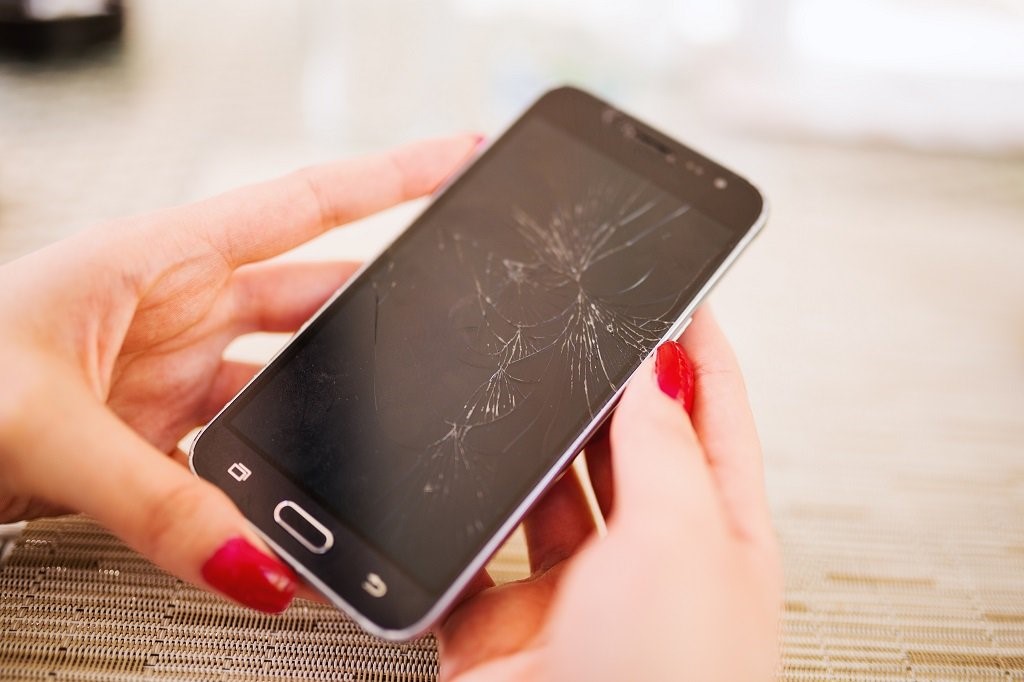
The most common form of phone damage is the infamous cracked screen.
Most everyone has seen this at some point, and the sections above cover how this happens.
Another common damage is to the camera.
The camera lens is usually made of very strong glass, but the camera is still glass. If the camera lens is scratched, cracked, or otherwise damaged, it can completely destroy the camera.
Those kinds of damage circles go back to the concepts of impulse and pressure.
another scary thought is internal damage, which can happen.
Despite designs that try to protect the insides of your phone, it’s a complex tool with small, fragile, intricate parts.
Damage to any small part can affect the entire phone.
One common source of internal damage is small breaks or cracks in the circuit
Usually, these fractures occur on the circuit board that holds everything together.
These small fractures usually don’t completely destroy the phone. Instead, they slow things down and reduce the phone’s reliability.
In most cases, this type of damage gets worse in cold weather.
The lower temperature causes the inner parts to shrink a little, and that shrinkage increases the gaps in the small cracks. A lot of damage is done when the joints inside the phone are broken.
All the solder that holds the phone together can fail.
Other parts of the internal components may collapse directly in several places. When that happens, the damage is severe and the phone will fail to function at all.
Screen Protectors make a Difference in Phone Drop
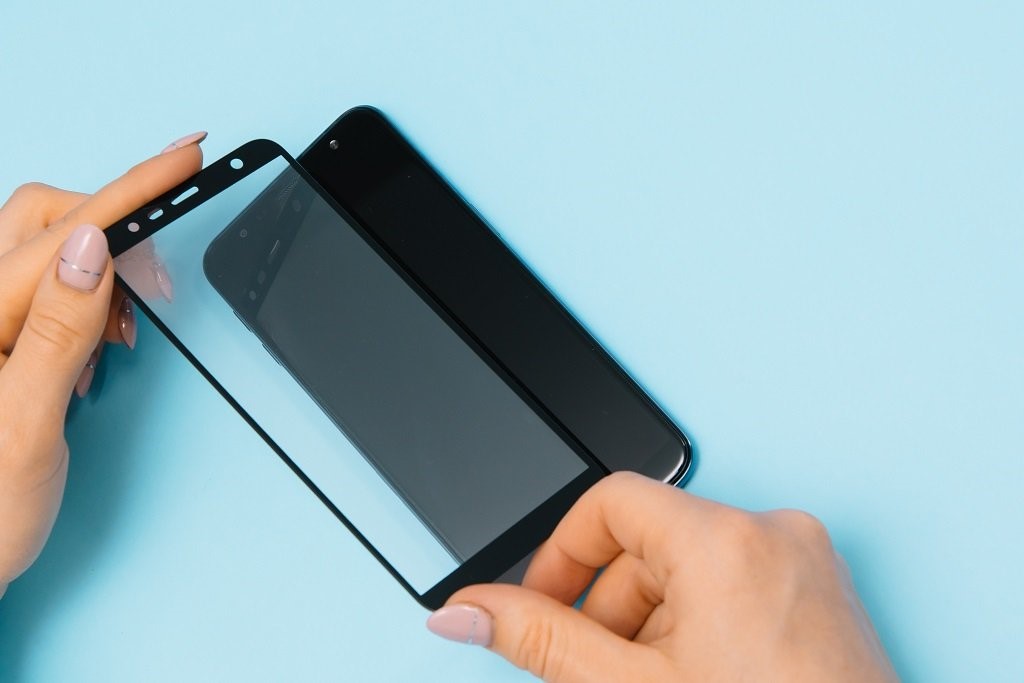
So, with all these concerns about dropping a phone, what can we do?
You have heard of screen protectors, and it’s fair to wonder if they really work. They are extremely useful.
First, they strengthen the screen. As we discussed earlier, the screen is part of the phone’s exoskeleton.
Anything that strengthens the outer protective layer of the phone is good.
Second, modern screen protectors are designed to break. It may seem counterintuitive, but shatterproof is very useful for protecting your phone and its screen. All the energy from a drop spent shattering the screen protector is energy that doesn’t harm any other part of the phone.
Modern screen protectors are made of breakable materials that can absorb more energy.
It creates an additional layer of protection for the phone. It’s the same reason modern cars accordion when they have a frontal collision. The crash force at the front of the car does not hit the passengers.
About Phone Cases
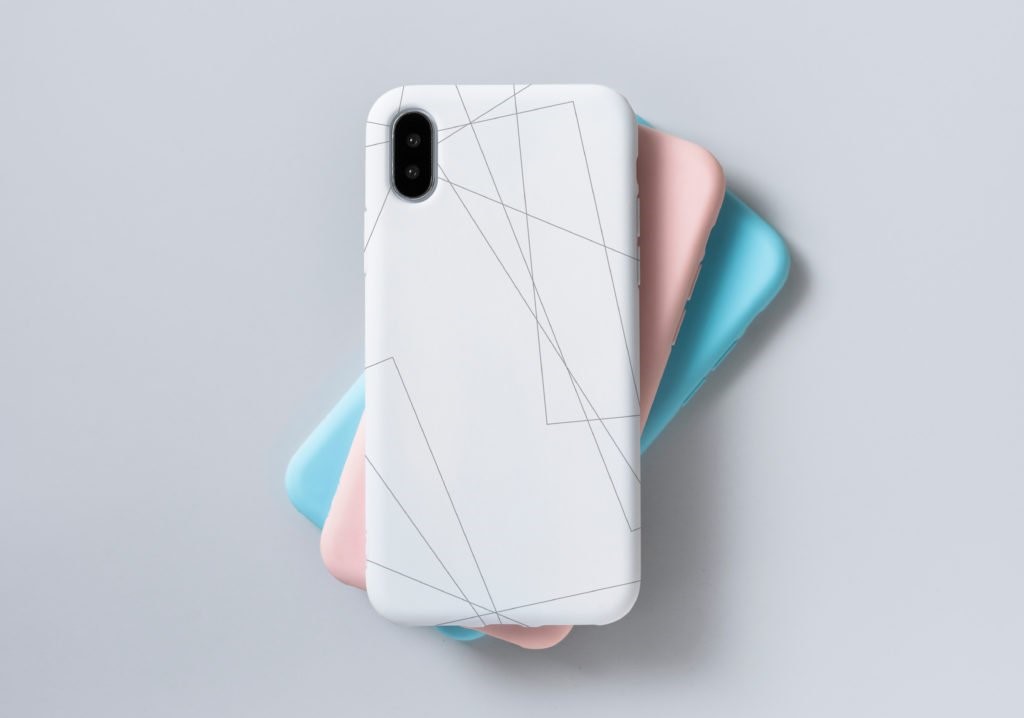
Phone cases are another form of protection that can help if your phone is dropped.
When designed correctly, phone cases are very effective at protecting your phone.
As already mentioned, phone cases can strengthen the protective layer. That’s already a win, but good lawsuits don’t stop there.
Phone cases are also designed to absorb energy. Because of this, they are not made of strong metals.
They are usually plastic or rubber.
The idea is that these materials can give the phone a bit of squish that helps reduce impact.
Frequently Ask Questions
How to destroy a phone internally without breaking it or dropping it in water?
Erase the phone completely
Overwrite hardware controllers
Download a destructive virus
Use a magnet
Remove the components
Warm up the phone
Freeze the phone
Kill circuits
Kill the battery
Encrypt the phone
Can a phone survive a drop?
Testers have found that a phone dropped 100 feet can survive a drop, while the same type of phone can shatter after a 6-foot drop.

